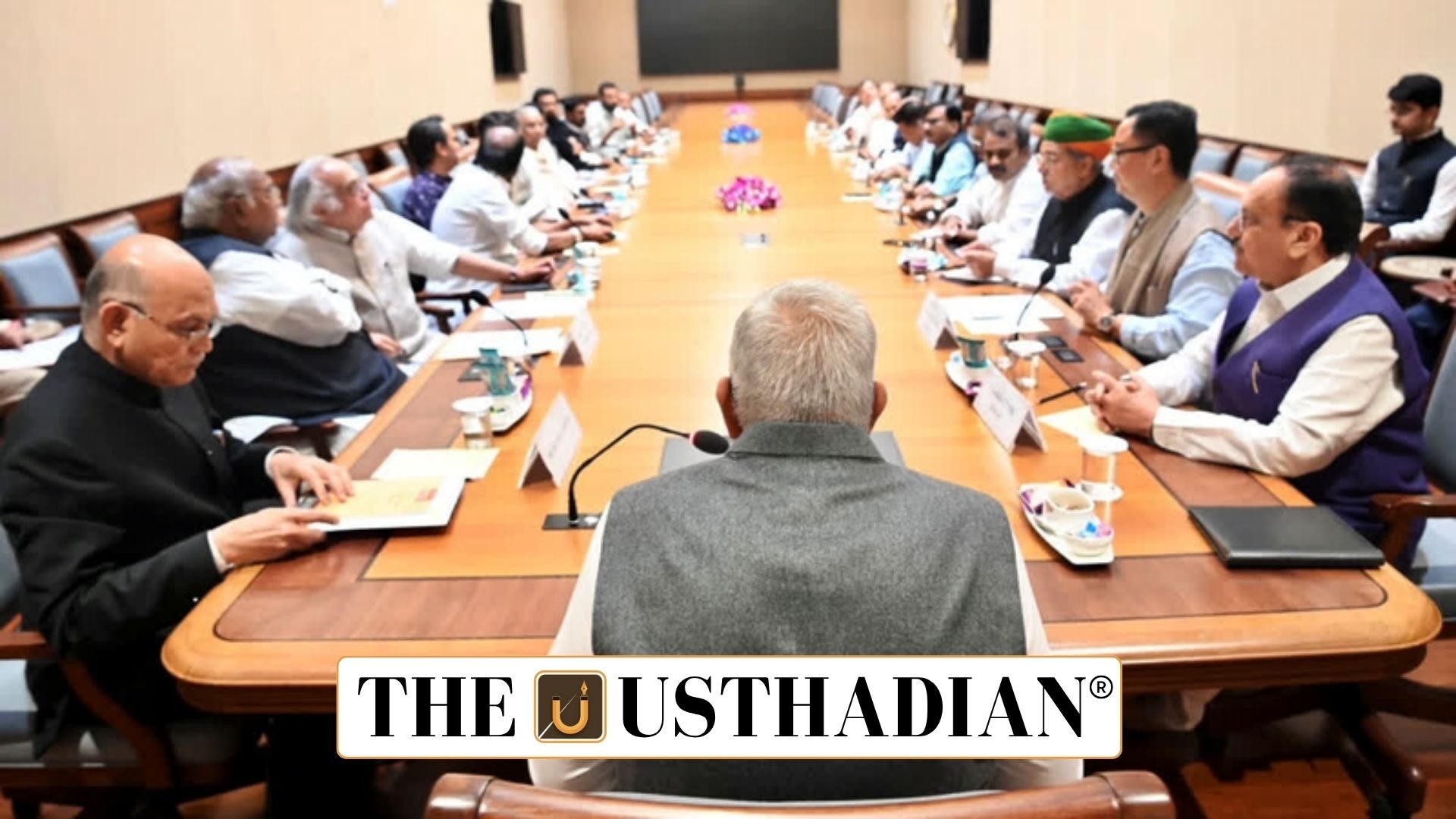Unexpected resignation of the Vice President
Vice President Resigns Triggering Constitutional Succession: On July 21, 2025, Jagdeep Dhankhar officially resigned from the post of Vice President of India. This decision, made public through a letter submitted to the President, cited health-related concerns. His resignation occurred mid-term, disrupting parliamentary leadership during a key legislative period.
Constitutional provisions for resignation
As outlined in Article 67(a) of the Constitution, the Vice President may resign by submitting a written letter addressed to the President of India. Upon acceptance, the position is considered vacant, and a formal election process must be initiated within a specified timeframe.
Static GK fact: The position of Vice President was established in 1950, and Dr. Sarvepalli Radhakrishnan was the first to hold this constitutional post.
Temporary leadership of the Upper House
Following the resignation, the duties of the Rajya Sabha Chairman now shift temporarily to the Deputy Chairman. As per Article 91, this constitutional mechanism ensures continuity. Harivansh Narayan Singh, the current Deputy Chairman, is presiding over the Rajya Sabha during this transitional period, including the critical Monsoon Session.
Static GK fact: The Deputy Chairman is elected by Rajya Sabha members and steps in during the absence or vacancy of the Vice President.
Election timeline and process
The Constitution requires that a new Vice President be elected within 60 days of the office falling vacant. The Election Commission of India is responsible for organizing this election. The system used is proportional representation through the single transferable vote, ensuring that the chosen candidate has broad parliamentary support.
This election involves Members of Parliament from both the Lok Sabha and Rajya Sabha, who cast their votes through a secret ballot, preserving the sanctity and neutrality of the process.
Eligibility requirements for Vice President
To contest the Vice Presidential election, a candidate must fulfill the following criteria:
- Must be an Indian citizen
- Should be at least 35 years of age
- Must be eligible for membership in the Rajya Sabha
- Must not hold any office of profit under the government, apart from constitutional posts such as President, Governor, or Union Minister
Static GK Tip: The Vice President cannot simultaneously serve as a Member of Parliament while holding office.
Broader political significance
Dhankhar’s exit comes amid political flux, with shifts underway within the ruling party’s structure. His time in office was notable for his assertive leadership in Parliament and frequent debates with opposition members. The upcoming election for a new Vice President is not only a constitutional necessity but also a signal of potential changes in political alignment ahead of the 2029 general elections.
Speculation is rising about possible contenders, including experienced lawmakers, former Governors, and senior political figures. The outcome will likely reflect broader strategic goals within the national leadership.
Static Usthadian Current Affairs Table
Vice President Resigns Triggering Constitutional Succession:
| Fact | Detail |
| Date of Resignation | July 21, 2025 |
| Constitutional Article | Article 67(a) |
| Acting Rajya Sabha Chairman | Harivansh Narayan Singh |
| Election Deadline | Within 60 days (by September 19, 2025) |
| First Vice President of India | Dr. S. Radhakrishnan |
| Electoral College Size | 788 MPs |
| Voting Method | Proportional representation with single transferable vote |
| Eligibility Age | Minimum 35 years |
| Ex-officio Role | Chairman of the Rajya Sabha |
| Supervision Authority | Election Commission of India |








